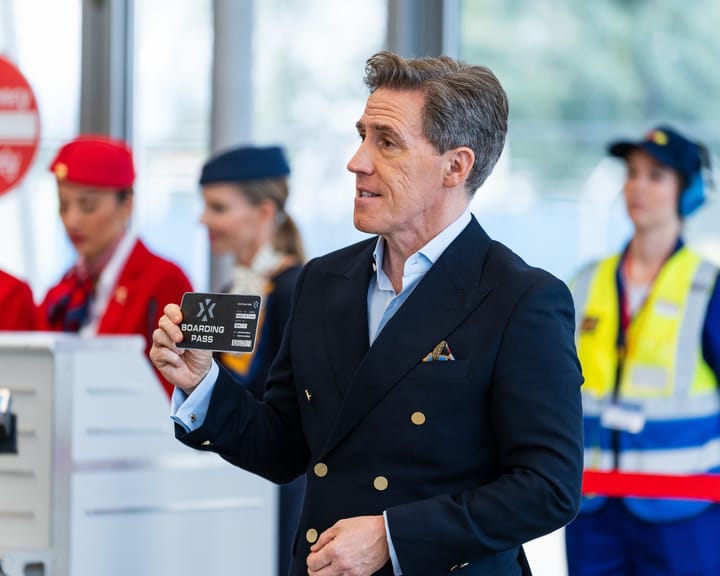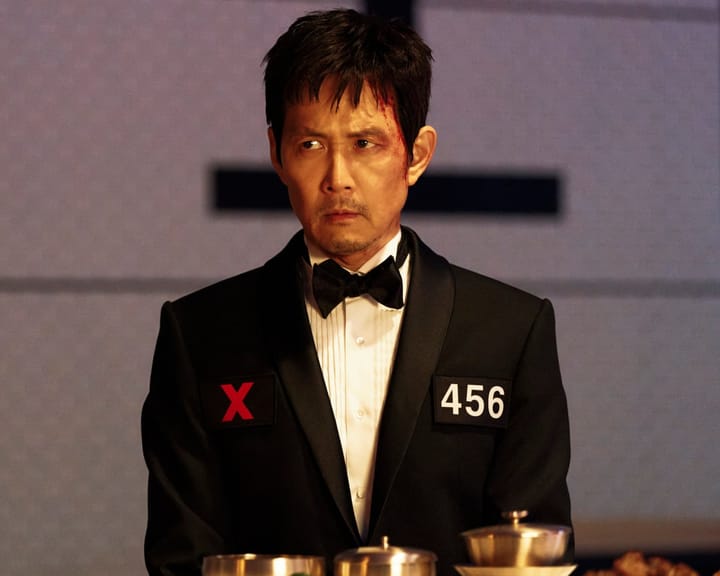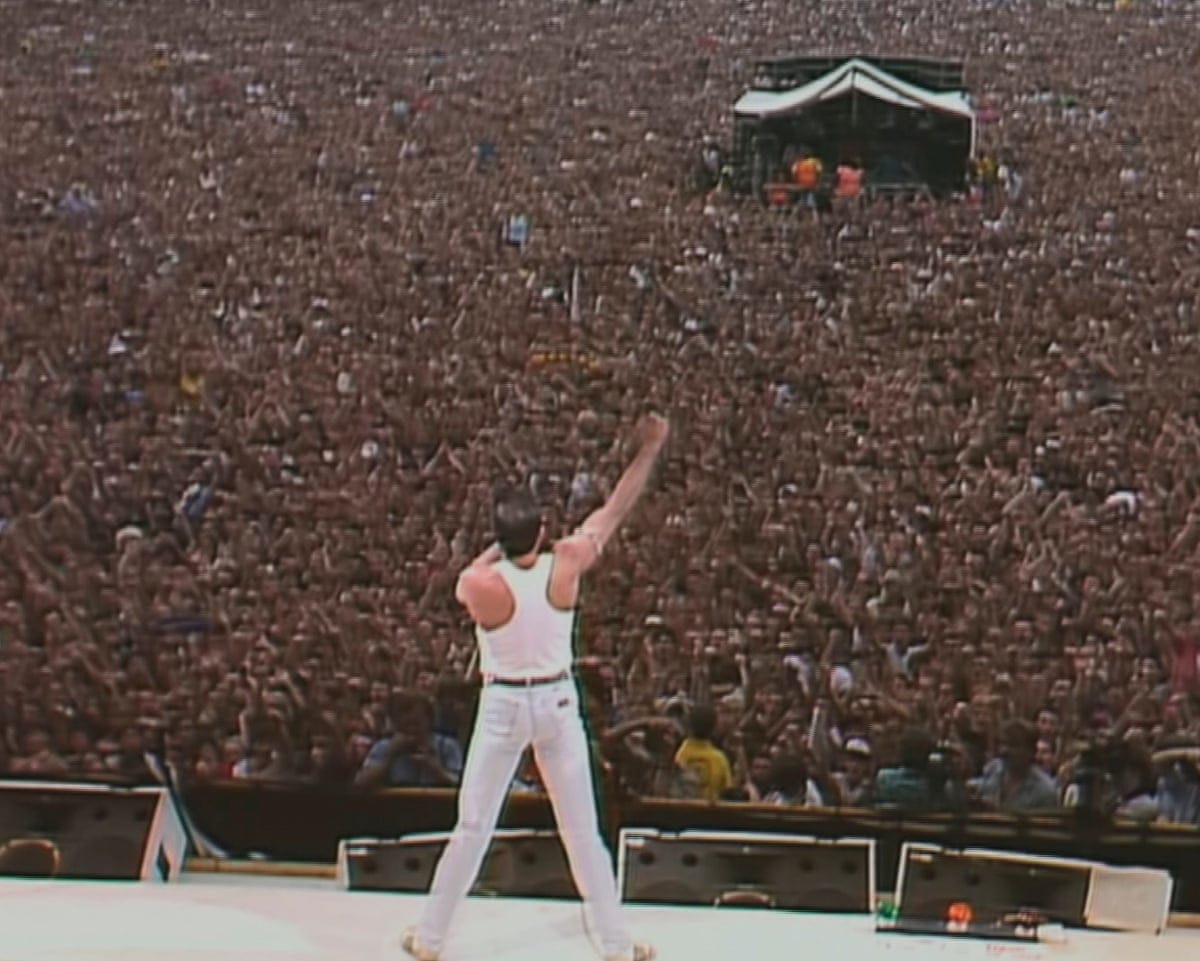On the evening of 23 October 1984, Bob Geldof, frontman of the declining band the Boomtown Rats, had plans to attend a gathering. He had been asked to join an event in Mayfair for the release of a book by Peter York, who wrote about London’s affluent socialites. But before leaving, Geldof saw a BBC news report by Michael Buerk detailing the devastating famine in Ethiopia.
Among the striking archival footage in *Live Aid at 40: When Rock ’n’ Roll Took on the World* is a clip of Geldof at that lavish party, visibly shaken by what he had just watched. He remarked to another guest that it felt wrong to indulge in champagne and appetites amid such suffering. This contrast between privilege and conscience shapes this three-part retrospective, which acknowledges the imperfections in Geldof’s ambitious plan to use music as a tool for global aid. The series offers a compelling look at a layered man’s flawed effort to address an overwhelming crisis.
The landmark moment celebrated in the documentary is Live Aid, the massive concert orchestrated by Geldof in London and Philadelphia in 1985. The first episode, however, focuses on an earlier cultural phenomenon born from his initial response to Ethiopia’s plight: *Do They Know It’s Christmas?*, a charity single recorded by the hastily formed supergroup Band Aid.
After co-writing the song with Midge Ure of Ultravox, Geldof persuaded nearly every major British pop star to assemble at a London recording studio on 25 November 1984. Against the odds, the impossible happened swiftly—Geldof boldly secured participation from top-tier artists, all moved by Buerk’s report.
Today’s music industry, fragmented and digital, makes such a feat improbable—modern equivalents might involve viral social media campaigns rather than collective recordings. Geldof and Ure point out that in 1984, most pop stars came from working-class backgrounds, a rarity now. Regardless, they all showed up, from Spandau Ballet to Duran Duran, Phil Collins to Sting, Status Quo to Bananarama.
The recordings of the session remain captivating. George Michael perfects a line on his second take, while Bono, despite later interviews that some may find exaggerated, delivers the song’s most haunting lyric with striking vocal precision, amplifying its emotional weight.
Read next

"BBC’s new reality show Destination X is a surreal, mind-bending experience"
A New Reality Competition Tests Contestants’ Wits in Unknown Locations
CuriosityNews— Imagine The Traitors on wheels, or Race Across the Worldwithout any visual cues. That’s the concept behind the new competition series Destination X.
The setup is straightforward. Thirteen participants meet at Baden-Baden airport in Germany, then travel by

"Top actor's role in 'Squid Game' finale reveals its darkest truth"
Spoiler Alert: Before continuing, please note that this article discusses the ending of Squid Game. If you haven’t watched the finale, stop reading now. But if you have—what an ending, right?
Leading up to the final season, hints suggested a grim conclusion. Creator Hwang Dong-hyuk, who endured immense

